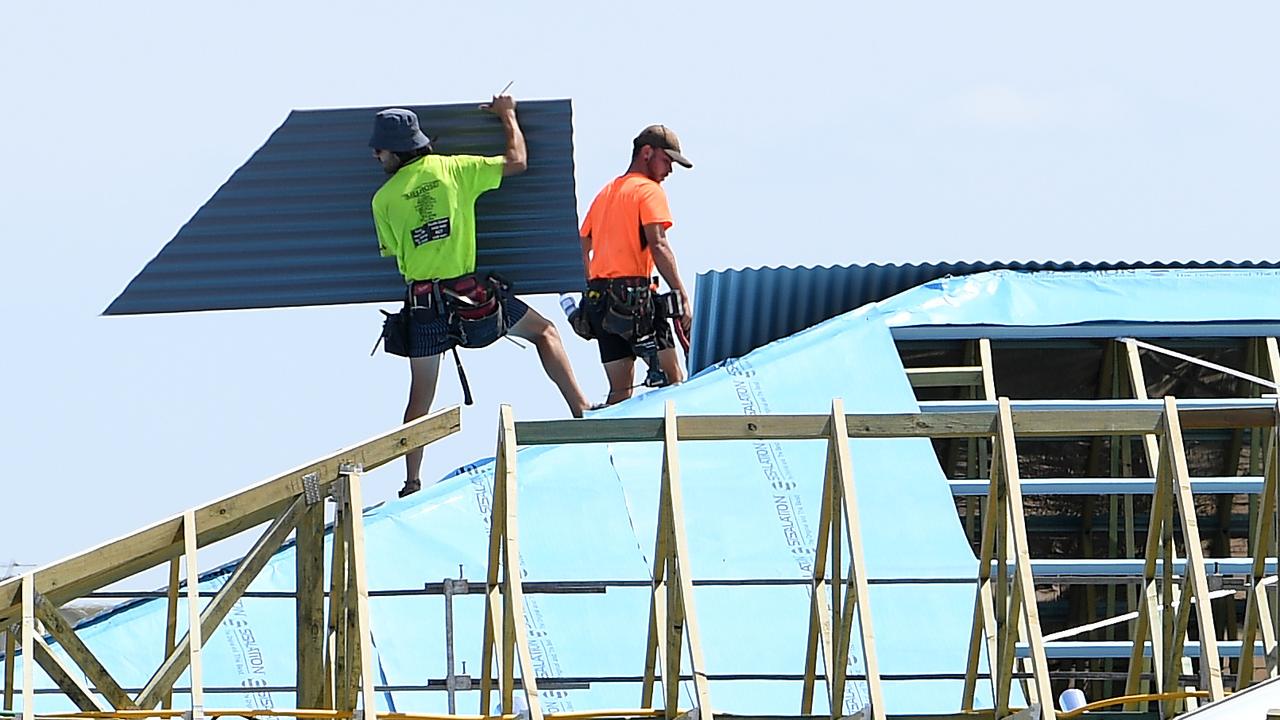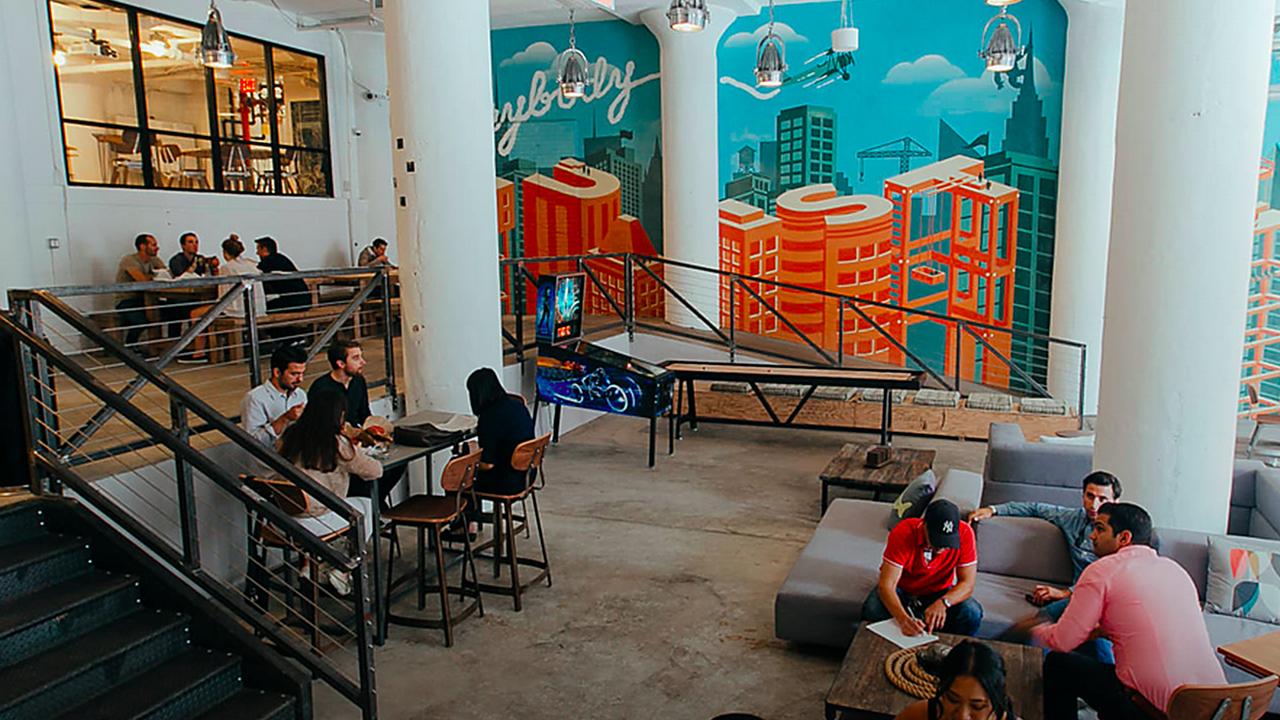Old and alone: what life will be like in the suburban future
AUSTRALIA is expected to create an average of 152,000 households each year over the next two decades.
AUSTRALIA is expected to create an average of 152,000 households each year over the next two decades.
This would take the household count from 8.4 million in 2010 to 11.6 million in 2031, according to projections released by the Australian Bureau of Statistics in June.
Over the five years to 2006, Australian households expanded at an average rate of barely 100,000 a year.
The difference between the outlook and the past is the underlying rate of population growth and household formation. The new household projections are based on what has become known as the "big Australia" population projections, released in September 2008, which assume net overseas migration of 180,000 a year. The "heat" reflecting community concern about "big Australia" has had no effect on the ABS: it is sticking to what it believes is a reasonable outlook for the nation.
Household projections divide the future population by a rate of household formation. The projections are straightforward enough, but the rate of household formation is a little trickier. Medium series household projections assume that the trends implicit in household formation between 1991 and 2006 will continue in a moderated form over the next 20 years.
This is an important assumption because the 1990s and the early 2000s was a period of significant social change: for 100 years there had been a mindless pursuit of suburbia, but during the 1990s the Australian people suddenly discovered apartmentia. And while the household life-form that inhabited suburbia -- "the family"-- continued to grow in this decade, it did not grow as quickly as other life-forms such as singles and couples.
The driving force behind this big shift in household formation was a new set of inner-city values and lifestyles: singles, couples, dinks, gays, expats, divorcees, international students, as well as newly minted empty nesters, all clamouring for a lifestyle that was neither traditional-nuclear-family nor suburban-based.
The question relevant to the veracity of the household projections is whether it's possible for the same degree of social change that re-engineered Australian households in the 1990s and 2000s to continue, even in a moderated form, in the next 20 years. I think the ABS has got it right. I think the answer is an emphatic "yes". The social change we have seen over the past 20 years has largely focused on either the disintegration of the family or the postponement of commitment to family formation (twentysomethings remaining single and/or childless). And to these socio-demographic factors I would add an attitudinal shift: the inner-city is now viewed positively, whereas the 'burbs are regarded (by the inhabitants of apartmentia, at least) as mundane and unsophisticated.
But this is not the social shift that will define the next 20 years. Household formation in the 2010s and the 2020s will be driven by the rise of couples and singles on a scale that we have not seen previously. In the coming decade, twentysomething Generation Y will finally leave the parental home and, in so doing, leave behind an empty nest. Suddenly, the extended family of mum, dad and twentysomething kid morphs into plain mum and dad.
But the expected big social shift doesn't end there. In the 2020s, the empty-nest household will go through another transition. Dad will die and mum will be left a widow.
The rise of the single and the couple in the 1990s and early 2000s was all about youth and energy and the blossoming of a dynamic inner city. The social shift that will deliver elevated rates of household formation, as projected by the ABS, in the future is different. By 2031, 29 per cent of Australian households will be singles, up from 24 per cent today. The problem is that many of tomorrow's singles will not be young hipsters living in Pyrmont, the Docklands or Fortitude Valley: they will be old people living by themselves in a three-bedroom brick veneer out in the wilds of suburbia.
Now, it is quite possible that many of these older singles will live happy, contented and connected lives in the suburbs. Then again, there is also the possibility that many will live in quiet isolation. Their globally minded Generation Y children may not live locally (or even in Australia) and the suburbia that so easily nurtured their young family 40 years earlier is suddenly exposed as a desolate place for the old, the isolated and the disconnected.
Here is where a document like the ABS Household Projections can be used for strategic thinking. Yes, there will be a need for apartments and townhouses in suburbia. But there will also be a need for local councils to build strong, vibrant and therefore resilient communities.
The downside of this outlook is quite bleak: the 2020s could see an army of isolated old people living by themselves obsessing about their health and security issues.
Get this wrong and suburbia turns into a breeding ground for social and other problems over the next 20 years.
Get this right and the next big social shift delivers connection and dignity to Australians in the their latter years.
Bernard Salt is a KPMG Partner; www.twitter.com/bernardsalt


